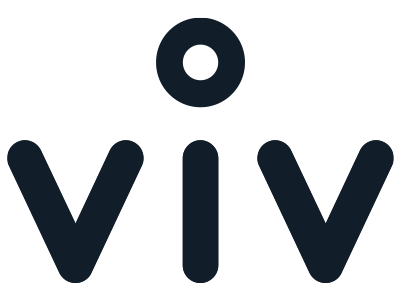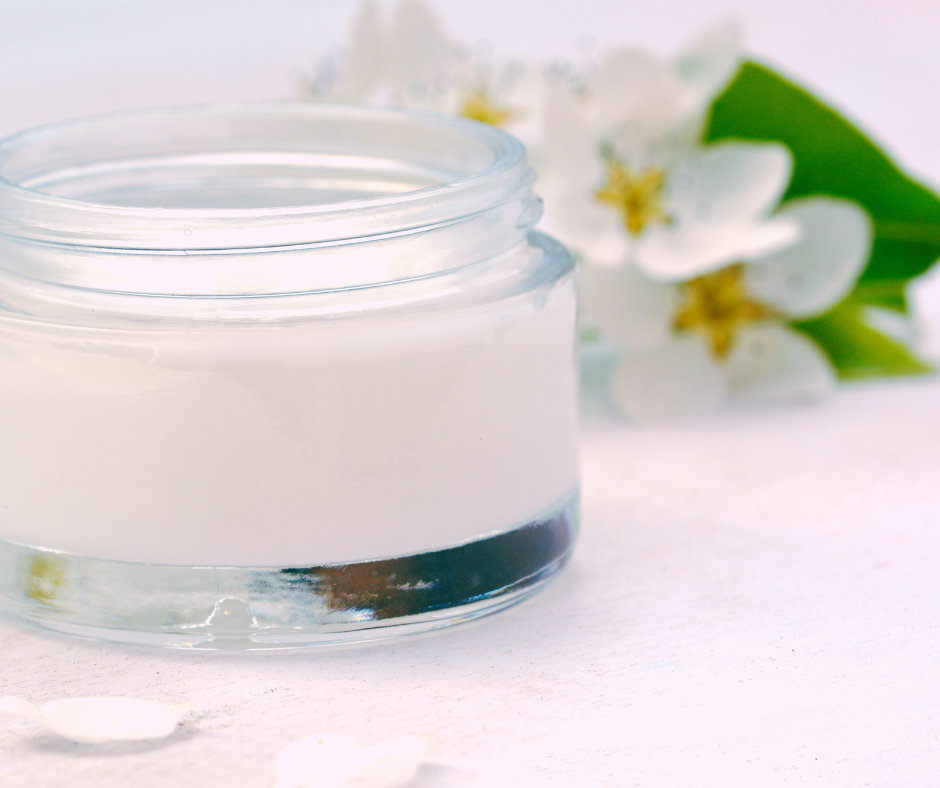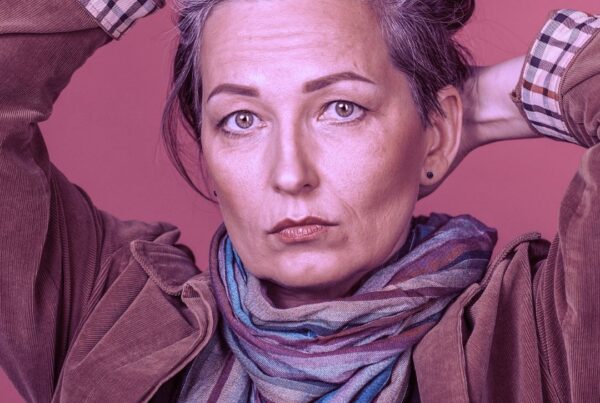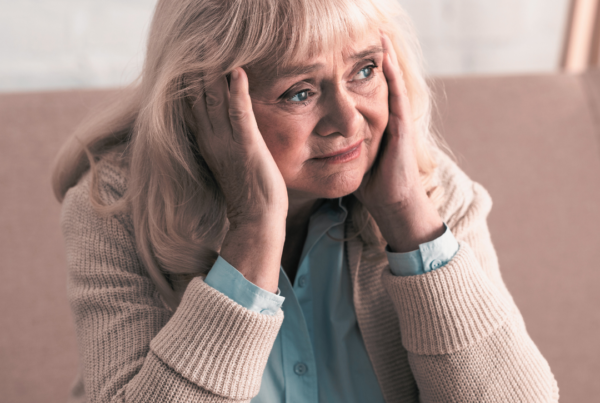The Truth About Oestriol Face Creams: Hype vs. Science?
As menopause sets in, many women experience noticeable changes in their skin. In the search for effective anti-aging treatments, some influencers and skincare brands have begun promoting oestriol face creams as a “natural” solution to menopausal skin concerns. But does the science support this trend? And how does oestriol compare to evidence-based treatments like tretinoin?
Oestrogen and Skin Health
Menopause is associated with various skin changes, such as decreased sebum production, epidermal thinning, and reduced collagen and elastin. This can result in an acceleration of skin aging, such as dryness, reduced elasticity, and an increase in fine wrinkles.
This has led to growing and valid interest in topical oestrogen treatments to counteract these effects.
Oestriol as a Face Cream: What Does the Research Say?
Oestriol is a weaker form of oestrogen compared to oestradiol and oestrone, the body’s other natural forms of oestrogen. While some small studies suggest that topical oestrogen may improve skin elasticity and hydration, there is a lack of high-quality, large-scale research on the effectiveness and long-term safety of estriol face creams.
Whilst available research demonstrates potential benefits in some aspects of skin health, studies are few in number (less than a dozen), small in subject numbers (also referred to as “pilot” studies), variable in what outcomes are measured, most lack placebo-controlled comparisons, don’t explore long term consequences, vary in oestrogen and formulations used, and often don’t measure or report systemic absorption. There are also no head to head comparisons of facial oestrogen and other treatments such as tretinoin or systemic MHT.
We still do not know
- if oestrogen containing skin creams are effective
- what risks they may pose including how much is absorbed through the skin
- how to use facial oestrogen
- whether topical oestrogen cream adds any benefits above systemic MHT
- how facial oestrogen compares to other skin treatments.
Topical oestriol is only available as a vaginal cream for menopausal symptoms like vaginal dryness, bladder irritability and recurrent UITs. In Australia, these products are not approved for facial use and similar regulatory restrictions exist in countries like the United States and the United Kingdom. While the use of vaginal preparations or compounded oestriol creams for the face is most likely safe, absorption through the skin is not well understood and therefore, safety cannot be assured.
The Social Media Hype
Social media influencers often highlight the benefits of oestriol creams, frequently relying on anecdotal results rather than scientific data. While personal testimonials can offer insight into individual experiences, and may indicate actual benefits, they do not replace the need for clinical research. Many of these endorsements come from individuals without medical or dermatological expertise, making it difficult to separate hype from reality.
Proper research will determine whether facial estriol is effective and safe, or whether it simply is not. It will tell us how it compares to other well known anti-ageing treatments.*
Evidence-Based Alternatives
For those looking for clinically proven skincare options, the following treatments have far more robust research backing them:
Tretinoin (Prescription Retinoid)
- A derivative of vitamin A, tretinoin is the gold standard in anti-aging skincare.
- It increases collagen production, reduces fine lines, improves skin texture, and treats pigmentation.
- Unlike oestriol, tretinoin has decades of research supporting its efficacy and safety.
Other Science-Backed Anti-Aging Approaches
- Hydration and Barrier Support – Moisturisers with hyaluronic acid, ceramides, and niacinamide help maintain skin hydration and resilience.
- Sunscreen – Daily SPF use is the most effective way to prevent premature aging and protect skin health.
- Lifestyle Measures – A healthy diet, regular exercise, stress management, and quality sleep all contribute to better skin.
- Menopause Hormone Therapy (MHT) – For systemic menopausal symptoms, MHT prescribed by a doctor may provide skin benefits, but this requires individualised medical advice.
The Bottom Line
While oestrogen plays a vital role in skin health, oestriol face creams are not a well-researched or regulated anti-aging solution.
Whilst using vaginal oestriol on facial skin is likely to be safe for most women, its efficacy is unknown, as is any recommended dose or frequency.
*A word on “science”
Whilst we acknowledge the female science gap (lack of research onto women’s health issues), this does not mean that there is simply a lack of science to prove facial oestrogen works. It means that we have no evidence that it does or does not.
The scientific process works like this –
- Hypothesis – facial oestrogen reduces signs of ageing
- Study design – enough subjects, control / placebo group, clear treatment protocol, adequate treatment time, defined measurable outcomes, correct statistical analysis
- Publication in a peer reviewed journal – whether there was reduce, increased or no change in signs of ageing
- Reporting of negative outcomes eg side effects
- Other research groups repeat the studies and report their outcomes – are they consistent and repeatable?
- If effective, head to head trials comparing different forms or concentrations of facial oestrogen; comparing facial oestrogen with MHT or other proven skin treatments eg tretinoin
- Presentation of safety and efficacy data to governing bodies for recognition.
Whilst the hypothesis (that facial oestrogen reduce signs of ageing) is valid, we cannot simply think that a lack of research means that the research needs to be done to prove what we already believe to be true (biased assumptions). We need data to show the truth, which may differ from our beliefs.
Note: Women with contraindications for using MHT such as those with breast cancer, should take care as absorption of facial oestrogen is uncertain.






